Stirling, General
Burgh (Medieval), Town (Medieval) - (Post Medieval)
Site Name Stirling, General
Classification Burgh (Medieval), Town (Medieval) - (Post Medieval)
Canmore ID 46174
Site Number NS79SE 154
NGR NS 79634 93578
NGR Description Centred NS 79634 93578
Datum OSGB36 - NGR
Permalink http://canmore.org.uk/site/46174


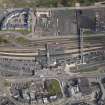
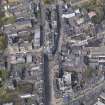


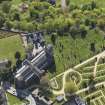
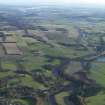
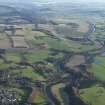

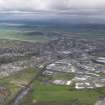
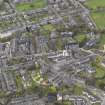



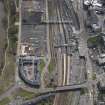


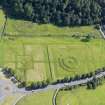
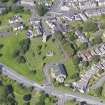

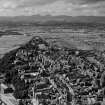
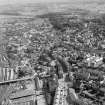
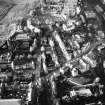
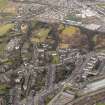
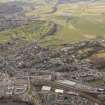
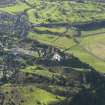

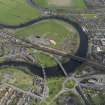
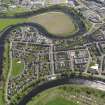

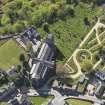
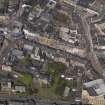
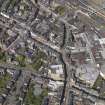
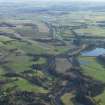

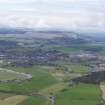
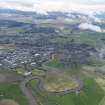

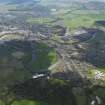
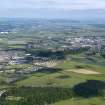



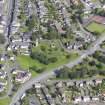


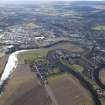
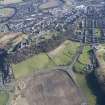

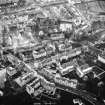
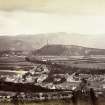
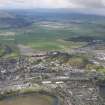


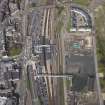

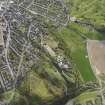
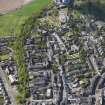




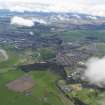
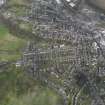

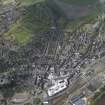
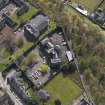

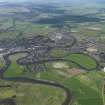

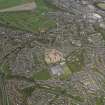


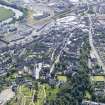
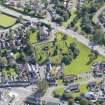



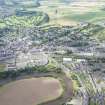


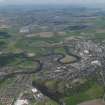
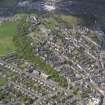
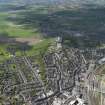
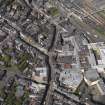
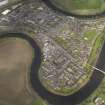




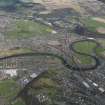

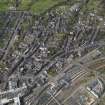
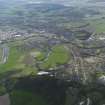



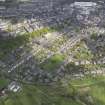


First 100 images shown. See the Collections panel (below) for a link to all digital images.
- Council Stirling
- Parish Stirling
- Former Region Central
- Former District Stirling
- Former County Stirlingshire
NS79SE 154 centred 76349 93578.
The royal burgh of Stirling is mentioned in several charters dating from the early years of the reign of David I (1124-53).
G S Pryde 1965; RCAHMS 1979; G G Simpson 1972.
EXTERNAL REFERENCE:
National Library - Earnock MSS. I. No. 54 - 1 engraving
Scottish Record Office
[View of] Stirling.
Payment of 10s to Atkinson and Co. for the picture.
Payment of £1.12.0 to Robert Finlay [Carver and Gilder] for the frame.
Cashier's Account Book.
1830-1831 GD 220/6/54
Scottish Record Office
Stirling. Drummond's Agricultural Museum printed appeal.
1836 GD 220/6/544/17-18
Stirling, Tract Depot
Architect: John McLean, Stirling 1887
Precise location uncertain at time of upgrade, 17.02.04
Antiq. Lib.
'Stirling, Old Buildings and the Ancient Mint' 1856-61 - 6 drawings.
NMRS REFERENCE:
Well green Section, Town Distributer Road
See DC 2145.
NMRS REFERENCE:
Logie Cottages, near Logie Crossroad
See newscutting G 94212 NC.
Precise location uncertain at time of upgrade, 20.02.04
Stirling, Town.
Glass negs from EPL (Mears Coll?) Plans showing 12th and 13th century additions. FC Mears 1936.
Field Visit (August 1978)
Stirling NS 793 937 NS79SE
Burgh status had been attained by the early years of the reign of David I (1124-53).
RCAHMS 1979, visited August 1978
(Pryde 1965, 4-5, no. 6; SBS Stirling)
Publication Account (1985)
Stirling was one of the principal burghs of medieval Scotland, and the core of the burgh survives as one of the county's best remaining examples of a medieval street plan. In addition, it contains a major collection of 16th and 17th century buildings that reflect its importance as a royal centre in the late medieval period.
Like its rival Edinburgh, Stirling is dominated by a royal castle (no. 36), and the town developed on a restricted site along the crest of a glacially sculpted ridge in the lee of the castle. The town occupies a nodal position at the highest tidal reach of the Forth (like Perth on the Tay) which also coincides with the lowest bridging point of the river (for a description of the medieval bridge, see no. 16), making it the furthest navigable port for sea-going craft. The significance of sea-borne transport and trade should not be overlooked in the medieval period, and Stirling's position can be contrasted with that of the late medieval royal centre at Linlithgow, West Lothian, where it was necessary to protect its port, Blackness, with a castle (no. 30). Thus Stirling stood at the junction of major land and sea routes, but the success of the burgh also depended on the presence of the royal castle. The town flourished as the royal court continued to be held there, and it enjoyed a golden age from the 15th to the 17th centuries, but with the union of the crowns Stirling's importance waned. When prosperity picked up again in the 19th century, the focus of settlement shifted away from the Castle Rock to lower ground and in doing"so saved the medieval core from major redevelopment.
The Castle Rock has probably been occupied continuously since prehistoric times, but no trace of pre-Norman civil settlement has been found and the only evidence for use during the early historic period comes from documentary references. Stirling was one of the earliest towns to achieve burgh status, and it was probably granted this privilege by David I during the first half of the 13th century. The main axis of the medieval town lay along the crest of the ridge (the modem Castle Wynd, St John Street, Spittal Street, Baker Street, King Street) with the Church of the Holy Rude (no. 10) standing on high ground above the principal street (Broad Street). Although the street pattern was probably established during the High Middle Ages, no buildings of this period survive, and excavation in other Scottish medieval burghs has suggested that most buildings would have been of timber. Stone replaced timber as the main building material during the 16th and 17th centuries, and it is to this period that most of the important buildings in the medieval town belong. A particular feature of Stirling are the town houses of the 16th and 17th centuries, ranging from those of courtiers (Argyll Lodging no. 11 and Mar's Work no. 12) to lesser houses belonging to town burgesses (Norrie's House, Broad Street, no. 14, and Cowane's House in St Mary's Wynd). The most important buildings and monuments in the town are described in detail below.
In the 18th and 19th centuries development took place on the lower ground away from the historic core of the burgh. As the town expanded, it incorporated outlying villages including St Ninians with its fine church steeple built in 1734. The Victorian town centre has been much altered, but there are attractive late 19th century residential areas still surviving on the west side of the town.
Information from ‘Exploring Scotland’s Heritage: The Clyde Estuary and Central Region’, (1985).









































































































